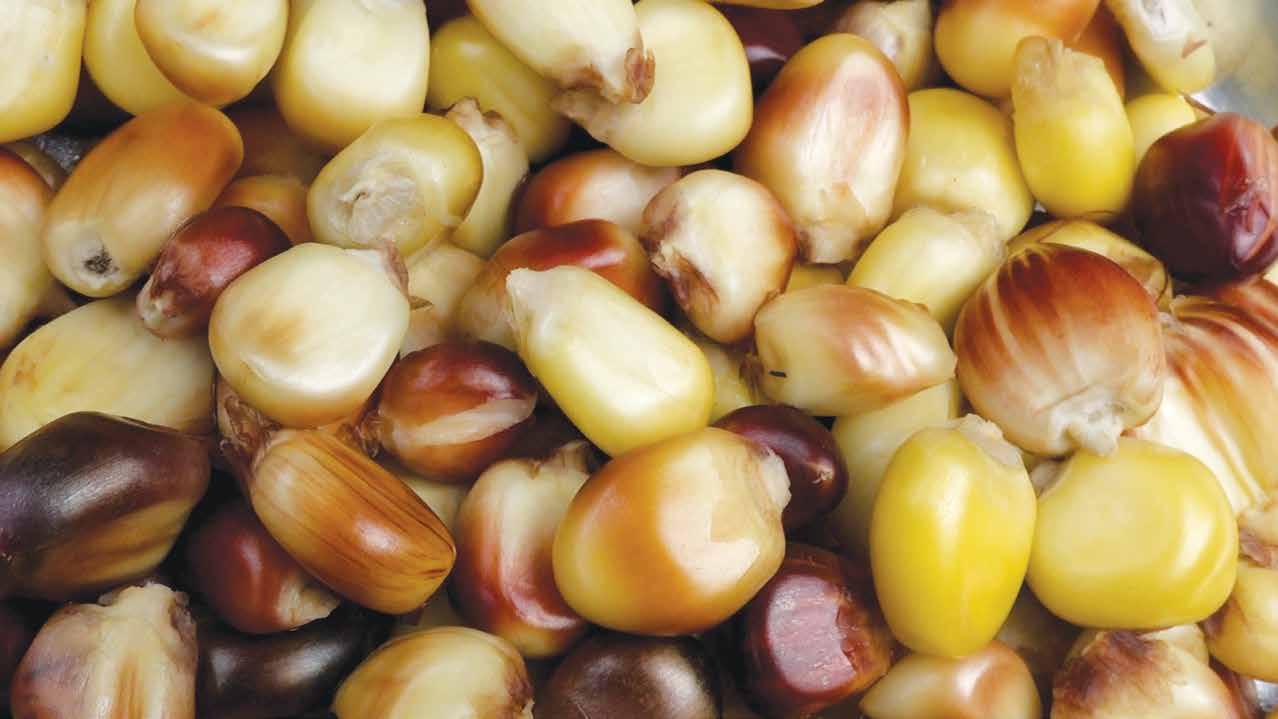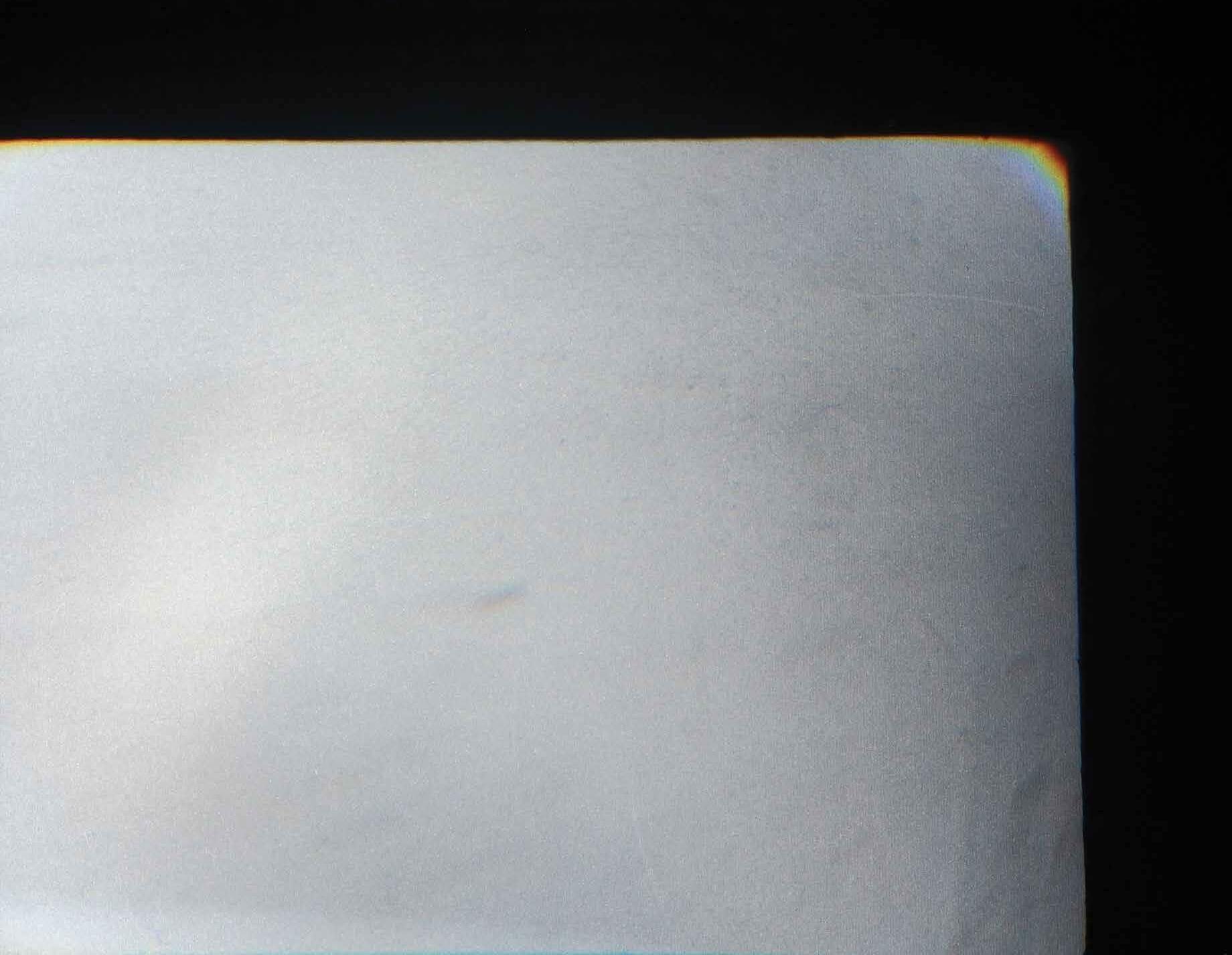
2 minute read
FALL CAMP
In this context of Indigenous economies, I locate Indigenous knowledge and relationship to land as a foundation and a starting point. I assert that these economies do not need to exist within the binaries of traditional versus contemporary and capital versus subsistence. Economies at the Festival aim to consider the significance of Indigenous economic systems in present-day society through film and media art.
Traditional, local, and customary frames of reference are foundational to Indigenous economies. Resources and their availability are dependent and guided by the seasonal cycles and encompass intricate approaches that include essential economic, social, cultural, and spiritual elements. At the centre, nourishment and subsistence is honoured, for the artists and communities involved and the preservation of cultural insight. A subsequent result of these structures is the development of an extended social network linked together by associations, contributions, and responsibilities. We have witnessed activism and protest, we have reclaimed and claimed, we have seen the fight, and now we organize with purpose and efficiency through peer-to-peer exchange and mentorship. Indigenous filmmakers and media artists work within land and community-based frameworks that integrate intergenerational technologies, language, and teachings, impacting and disrupting capitalistic power systems. Recognizing the opportunity to merge our history of amplifying our stories with, through, and as part of our mobilization strategies—we are stronger. We enact visual sovereignty by equipping ourselves with knowledge, sharing our stories to our advantage, and by choice as we claim space as the global majority and culturally rich.
Advertisement
Land as witness Water as witness Storied landscape
Deep witnessing and care are at the heart of Fall Camp. This Festival makes the choice to engage with the community in a mindful way. Focusing on Indigenous community, stories, languages, economies, and the natural world at the onset of the work allows the Festival to be part of the conversation between artists, community members, and the land without a set outcome. It creates space for open dialogue around the current state of the world, Indigenous environmental issues and land rights, gender, technology, and subsistence approaches speaking directly to our audiences. Filmmakers and media arts practioners are holding space through sage embodiment practices to tell stories in safe and responsible ways. No longer are we defined by the traumas we carry, but instead by finding care in the healing we tend to. The lens in which we view the work at the Festival focuses on generative manners and opportunities to discuss Indigenous futures. Time and land, more specifically notions of Indigenous time and relationships to land, become apparent throughout the Festival. Fall Camp is an Indigenous methodology that incorporates land, culture, and community to create an artistic occupation that disrupts and challenges Western structures because it considers Indigenous priorities at the onset, speaking to our kin which has the power to cause revolutionary change. It is in this way I welcome you to Fall Camp.
Beginning of time of as memory serves Create a storied landscape.
Miikwehc to our artists and communities both familial and chosen who contribute to our voice and strength. Chi-miigwetch to everyone at imagineNATIVE and our contributors for leaning into this publication with curiosity and care. I am honoured to collaborate and share space with you all. It is in the moments of vulnerability, tension, and deep listening that my heart fills with radical joy and love.
Niki Little


CHIRAPAQ, Sara Mama (Sacred Seed), 2019

